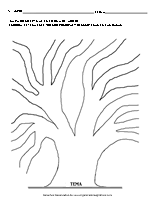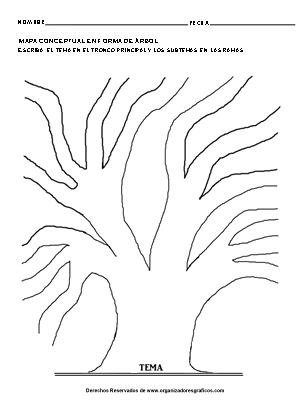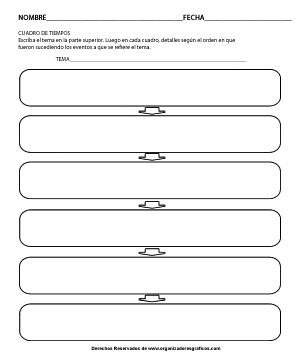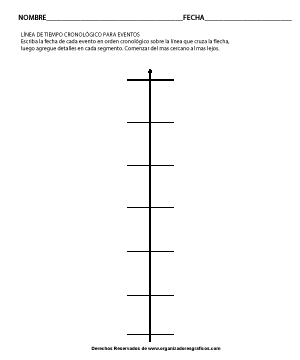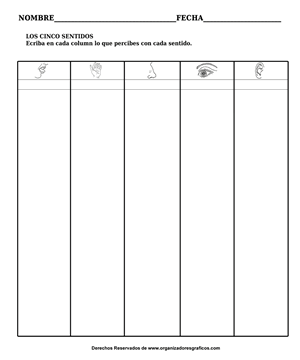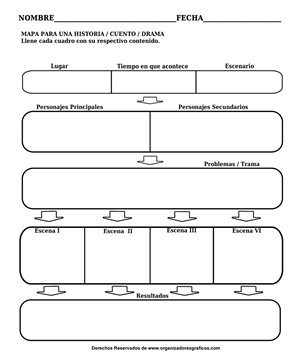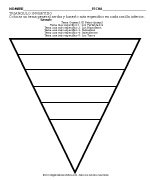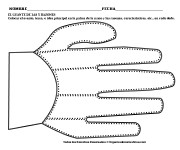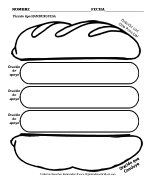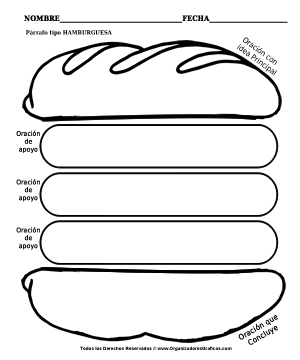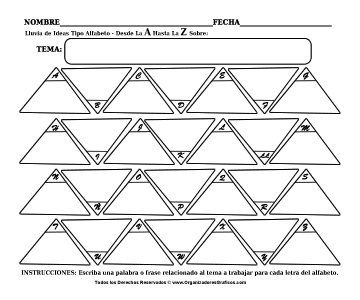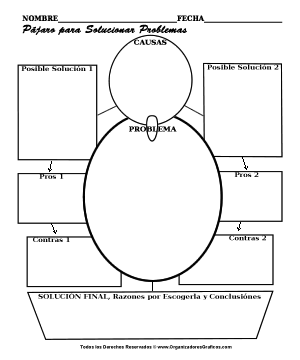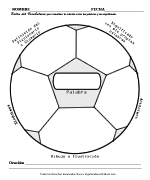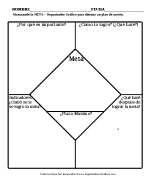Click on the link to see the powerpoint on learnig styles
https://drive.google.com/file/d/0B9ATf6yXIN65dVNfdmZzRzRxaUk/view?usp=sharing
Learning style ppt
- 1. Learning Styles
- 2. What is learning style?
- 3. Your learning style is yourlearning preference.How doyou like tolearn?
- 4. Knowing about Your LearningStyle Helps You to: Be more productive Increase achievement Be more creative Improve problem solving Make better decisions Learn more effectively
- 5. Learning Style Visual Auditory Kinesthetic/Tactile
- 6. Visual Learners Learn through seeing and reading Prefer written directions Often good readers
- 7. Visual Learners Learn BestWith: pictures illustrations photos graphs diagrams maps
- 8. Auditory Learners Learn through listening and talking Remember what they hear better than what they see
- 9. Auditory Learners: Prefer to listen to instructions Often like to talk on the phone or listen to music Learn best if they can hear and see the assignment
- 10. Kinesthetic/Tactile Learners Learn through doing Remember hands on activities Use their hands to build, create, plant, draw or decorate
- 11. Kinesthetic/Tactile Learners: Learn the assignment best by using physical activity
- 12. Learning Style Memory Exercise 20 items will be passed around. Can you remember them?
- 13. How did you remember theitems? Did you remember what you could see, feel, hear or touch? What is your strongest preference?
- 14. Visual Learning Techniques Mental photograph or video Flash cards Highlighting Draw pictures to remember Use pictures or symbols in the margin to remember Draw a map or outline
- 15. Auditory Learning Techniques Discuss what you have learned with others Participate in study groups Recite aloud Teach others what you have learned Use flash cards and say the items Use music in the background if it does not distract you or use it as a break from studying
- 16. Kinesthetic/Tactile LearningTechniques Read while walking or pacing Study outside when practical Take notes on lectures Highlight or underline Write summaries Outline chapters Think of practical applications


























